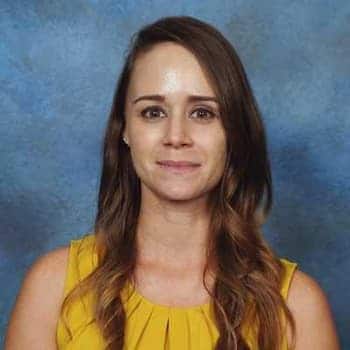Learn what it is like to live with generalized anxiety disorder before and after diagnosis. Diagnosing generalized anxiety disorder is the first step to recovery.
Generalized anxiety disorderis much bigger than worrying about an upcoming test, stressing over making a deadline or feeling concerned about paying the bills next month. Everyone worries about stressful or dangerous situations. However, when a person consistently expects the worst case scenario, they may have generalized anxiety disorder.
Before Receiving a Generalized Anxiety Disorder Diagnosis
People are all born with a basic internal survival instinct: fear. Fear allows us to recognize real danger. Fear tells us to fight or flee. With generalized anxiety disorder, the brain is stuck in the fear mode and is continuously preparing for impending disaster. This fixation on fear makes it difficult for a person with generalized anxiety disorder to control or stop their worries.
People with generalized anxiety disorder may live with a broad range of symptoms, including:
- Restlessness
- Nervousness
- Inability to relax
- Trouble sleeping
- Difficulty concentrating
- Irritability
- Sweating
- Headaches
- Nausea
Undiagnosed generalized anxiety disorder can lead to a life of excessive worry that controls the person’s thoughts and interferes with their daily functioning, impacting their work, school and relationships.
Treatment Can Be Life Changing. Reach out today.
Whether you are struggling with addiction, mental health or both, our expert team is here to guide you every step of the way. Don’t wait— reach out today to take the first step toward taking control of your life.
After Receiving a Generalized Anxiety Disorder Diagnosis
If you suspect that you have generalized anxiety disorder symptoms, speaking to a mental health professional is the first step to feeling better. While there is no instant cure for anxiety, treating the condition can provide significant relief from the symptoms of generalized anxiety disorder.
A mental health professional can use techniques to diagnose generalized anxiety disorder symptoms accurately. After diagnosis, the patient will usually be prescribed medication to manage some of their symptoms and begin individual therapy to change their thought patterns.
Group therapyand support groups are also suggested for most patients, as they provide an opportunity for patients to share their experiences with other people who have a generalized anxiety disorder. Family therapy may also be used to improve the relationships between the patient and their loved ones.
Treatmentcan allow people with generalized anxiety disorder to live fulfilling, rewarding lives. However, taking the first step and seeking care for generalized anxiety disorder can be challenging, especially if you also struggle with co-occurring addiction. If you or a loved one live with co-occurringgeneralized anxiety disorder and substance use disorder, understand that you are not alone. The Recovery Village can help. To learn more,call The Recovery Villageto speak with a representative today.








